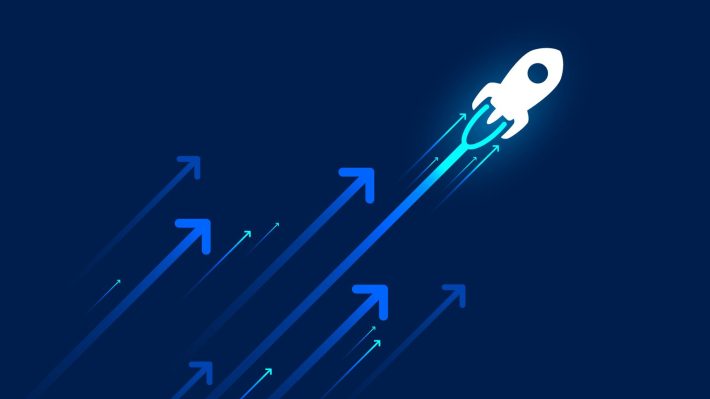Until recently, it was widely accepted that startups, constrained by limited resources, should primarily concentrate on a single product. Prematurely expanding to a broader product portfolio risked diverting attention from the core “hero” product.
Now, however, the conversation is starting to change. An increasingly popular formula for success involves having multiple products or being a compound startup. Thought leaders like Dave Yuan go so far as to discuss being “born multi-product.”
Is this just the latest fad in startups? We don’t think so.
Creating a new product is justified when the net present value of overall profit expansion exceeds its opportunity cost. However, estimating this value proves challenging, especially before the product launch.
A parallel could be drawn to customer acquisition. Investing in customer acquisition is justified when the net present value of the profits from the acquisition exceeds the customer’s customer acquisition cost (CAC). Fortunately, with appropriate customer retention and monetization models, this estimate is no longer a big challenge.
Customer acquisition and product development stand out as a startup’s most important investments. This naturally leads to competition between these investment priorities.
Historically, when startups prioritize customer acquisition and new product development, they choose the former. After all, customer acquisition is an efficient way of generating leverage on the heavy investment that had already been made into product development, and the payoff from new products is highly uncertain.
Customer acquisition and product development stand out as a startup’s most important investments.
But the times they are a-changin’ and customer acquisition is getting more and more expensive. With the rise in CAC, the relative value of customer acquisition remains the same compared to new product development.
The emergence of compound startups coincided with the growing concern about CAC in the tech industry, and this is not a mere coincidence.
In hindsight, the logic becomes evident. When CAC surpasses a certain threshold, developing and marketing new products becomes more cost-effective than acquiring customers through traditional channels.
Innovative products reduce CAC and enhance company appeal, boosting retention and development. Introducing new products gives existing customers more purchasing opportunities, deepens relationships, and encourages cross-selling. As the customer base grows, pursuing product-related initiatives becomes even more beneficial.
In this context, our focus will be on existing consumer markets, as assessing the potential in entirely new markets demands a distinct analytical approach — often involving a more uncertain demand forecast.
In particular, we focus on products that integrate seamlessly with or are natural extensions of your current product. It is easier to assess market demand for these products. It may often be that your existing customers are already asking for them!
We acknowledge that new products serving entirely different market segments may have higher potential, even if somewhat orthogonal to your current product. However, we argue that “product line extensions” offer less uncertainty, making them more amenable to analysis.
The relative merits of each investment will vary between firms and within a firm over time. In a good two-by-two fashion, you should answer two questions to understand where you are.
The first question is, “Will you still achieve a good return on your CAC across the various customer acquisition channels?” Most companies were affected by the CAC inflation but may still have great returns on their investment, at least through some of their acquisition channels.
The second question pertains to the introduction of new products. Predicting outcomes becomes challenging due to the inherent uncertainty surrounding a product’s success. However, as we focus on the potential development of “adjacent” products, the frequency with which existing customers inquire about them could function as a reasonable proxy for demand for these new products among your existing customer base.
Considering these factors, four possibilities come into view:
- Your CAC is relatively low, and the prospective upside from a new product seems relatively limited. In this situation, it is advisable to keep the single-product approach for the time being due to the limited anticipated benefits of a new product.
- Your CAC is relatively low, and the prospective upside for new products is substantial. That’s the best of both worlds. Keep customer acquisition but consider progressing with new product development in parallel. An expanded product portfolio can help develop your growing customer base (and potentially increase adoption simultaneously).
- Your CAC is poor, but the prospects for new products are strong. With a substantial customer base already in place, intensifying efforts in new product development could significantly reduce the CAC while extracting more value from your existing customer base.
- Your CAC is poor, and the upside to new products seems limited. If you have already tried different channels but have yet to be able to acquire customers profitably and you are also struggling to find promising new products in your market, consider exploring alternative markets.
The four possibilities outlined provide a strategic framework for startups to assess their current position. The key is to align the investment priorities with the unique dynamics of each firm, keeping an eye on customer acquisition and product development.
Ultimately, the startup landscape is dynamic, and success requires a willingness to adapt. We are not disputing the common sense that startups should be laser-focused, but it can pay to be open-minded about the best thing to focus on.
